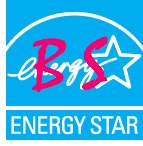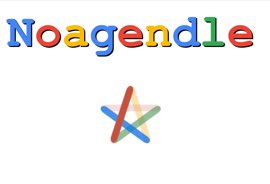ENERGY STAR BS
 Friday, March 26, 2010 at 6:09PM
Friday, March 26, 2010 at 6:09PM

Federal monitors granted the Energy Star stamp of approval to a number of bogus appliances, including a gas-powered alarm clock and an electric space heater with a feather duster taped to it. The Government Accountability Office submitted the fake items in an audit to test the integrity of the well-known efficiency program. The New York Times describes how it worked:
Place your advance orders for the gas-powered alarm clocks and the feather duster electric space heaters. Hurry, before the recall
Below is from: Formhttp://www.energystar.gov/index.cfm?c=products.pr_how_earn
What is ENERGY STAR?
ENERGY STAR is the trusted, government-backed symbol for energy efficiency helping us all save money and protect the environment through energy-efficient products and practices.
The ENERGY STAR label was established to:
- Reduce greenhouse gas emissions and other pollutants caused by the inefficient use of energy; and
- Make it easy for consumers to identify and purchase energy-efficient products that offer savings on energy bills without sacrificing performance, features, and comfort.
How Does EPA Choose which Products Earn the Label?
Products can earn the ENERGY STAR label by meeting the energy efficiency requirements set forth in ENERGY STAR product specifications. EPA establishes these specifications based on the following set of key guiding principles:
- Product categories must contribute significant energy savings nationwide.
- Qualified products must deliver the features and performance demanded by consumers, in addition to increased energy efficiency.
- If the qualified product costs more than a conventional, less-efficient counterpart, purchasers will recover their investment in increased energy efficiency through utility bill savings, within a reasonable period of time.
- Energy efficiency can be achieved through broadly available, non-proprietary technologies offered by more than one manufacturer.
- Product energy consumption and performance can be measured and verified with testing.
- Labeling would effectively differentiate products and be visible for purchasers.
 TackyTeddy | Comments Off |
TackyTeddy | Comments Off |  Accountability,
Accountability,  Energy Star in
Energy Star in  Facts from the Internets
Facts from the Internets 


